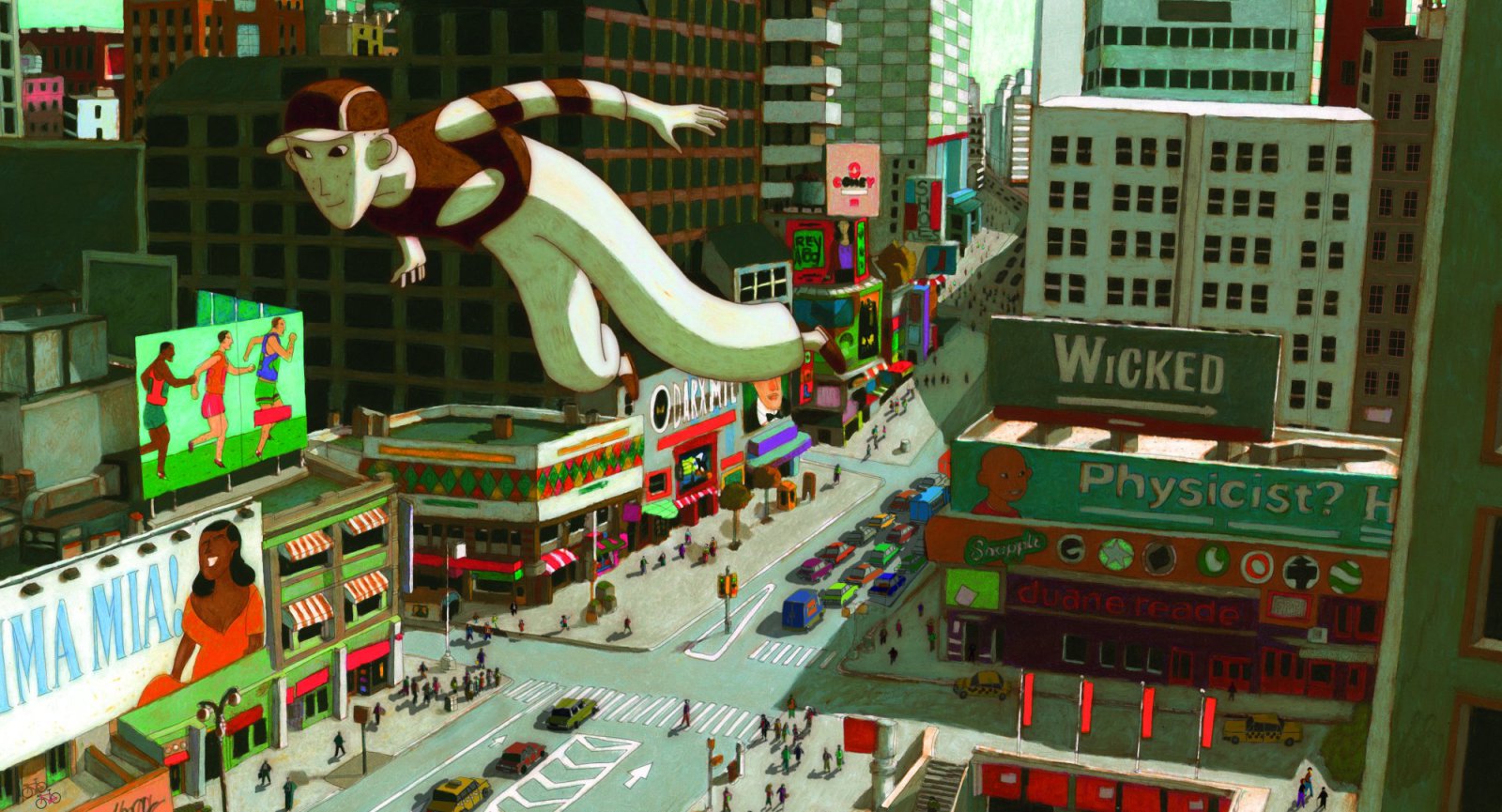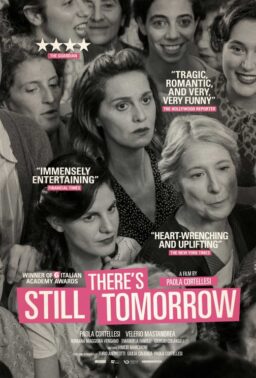Brad Bird once told me, “animation
is not a genre, it is a medium.” This was deftly proven at this year’s
Toronto International Film Festival, as three animated films premiered that
could not have different purpose and form. From a French children’s fable to a
quasi-documentary about Gallipoli to the nearly indescribable latest from
Charlie Kaufman, these three films are technically all “animated” but they are
not of the same genre. Animation is capable of horror, comedy, action and
drama. And while one third of this trio disappoints a bit, I’m happy all
three played TIFF 2015, and can think of no better way to close out my coverage
of this year’s fest than with films that actively display the range and
potential of their form.
Let’s start with the delightful “Phantom Boy,” the latest from the Academy Award-nominated duo
behind “A Cat in Paris,” Alain Gagnol and Jean-Loup Felicoli. Like that film,
although with slightly less art deco ambition, “Phantom” is a genre hybrid, an
adventure movie that will play differently to parents and kids. Little ones
will see it as a superhero movie; adults will sense the underlying melancholy
of a boy fighting cancer. Visually striking and surprisingly moving, “Phantom
Boy” is at least as good as “Paris,” maybe better.
Leo is an 11-year-old with cancer. As he tries to recover in
a hospital bed, he discovers that he can leave his body and ghost his way
around the city. Naturally, this is a pretty cool superpower for a kid. He
happens to meet a police officer named Alex, who is recovering in a wheelchair
at the same hospital, and becomes his ghostly eyes and ears. There’s a kingpin
who has taken over New York City, and Leo (aka Phantom Boy) can see what the
bad guys are doing without them knowing he’s there. An intrepid reporter named
Mary (voiced by Audrey Tautou) helps out in this clever “animated film noir”
that took five years to make. Every element, from the way the NYC skyline is
recreated to the way that a child would remember it after a vacation, to the
delicacy with which Leo’s illness is handled, feels expertly considered and
executed. At first, I found “Phantom Boy” a little overdone and narratively thin,
but once it gets going, it doesn’t stop.

Sadly, “25 April”
never surpassed my sense that it too was a bit thin for a theatrical release.
This is an animated exercise that is fascinating in concept but less so in
execution. Leanne Pooley has made an animated documentary that uses the form to
take us to unimaginable places in ways that live-action filmmaking could not.
As a non-animated film, “25 April” would cost nine figures, as Pooley uses her
skills to re-create the atrocities of war in visually striking new ways. She
tells the story of Gallipoli and the battle that took place in 1915 and would
forever change Australia and New Zealand.
Starting on April 25, 1915, thousands of young men from
those countries landed on the Gallipoli peninsula in Turkey, and many of them
would never leave that unforgiving coast. Pooley uses letters and diaries from
six people, including leaders of the attack, soldiers, and a nurse, presenting “25
April” as a documentary, complete with “interviews” with the subjects of the film.
The most striking moments of Pooley’s work capture something that we couldn’t
capture otherwise, from the stark color palettes of red that wash the screen
during battles to slo-mo shots of men flying through the air. Sadly, the
animated work with more standard talking-head interviews is less engaging. The
faces look wooden and movement is awkward. There’s some deep “uncanny valley”
stuff going on here (in which people look more creepy than realistic). And I
couldn’t help but think a straight doc about this subject would have been more
interesting.

“Interesting” is a word that a lot of people are going to
use about “Anomalisa,” and I can
think of no better film with which to end my 2015 TIFF coverage. There’s a
small problem about discussing the latest from master Charlie Kaufman though—it
definitely works best the less you know about it. There’s a reason that the
stills have revealed almost none of the stop-motion animation imagery and the plot descriptions at
all of the fests have remained vague. “Anomalisa” is a daring examination of individuality
and the human need to connect. It reflects Kaufman’s aging in its depiction of
a business traveler numbed by society’s ability for everyone to blend into an indistinguishable
cacophony. As you get older, and hear the same conversations and bon mots
hundreds of times, it starts to become like white noise. And when someone
stands out from that crowd, it can change your life. More than any film at TIFF
2015, “Anomalisa” is a piece of work I need
to revisit before I can completely unpack it. There’s SO much going on here
that it almost defies analysis on single viewing. It is a film that you will
read about repeatedly when Paramount releases it at the end of this year. Like
the best of TIFF 2015, it will resonate far beyond its Canadian premiere.












